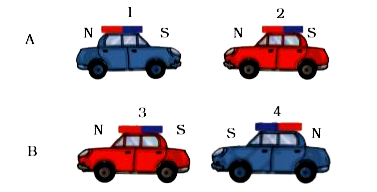Observe the given figure carefully. Which of the following observation(s) is/are correct ?
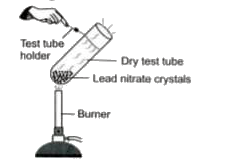
I. A double decomposition reaction takes place.
II. Brown fumes of NO, are evolved.
III. Red residue is left behind in the test tube.
A
I and III only
B
II and III only
C
I and II only
D
II only
Video Solution
Text Solution
The correct Answer is:D
|
Updated on:21/07/2023
Topper's Solved these Questions
Similar Questions
Knowledge Check
- Question 1 - Select One or More
Observe the following experiment:
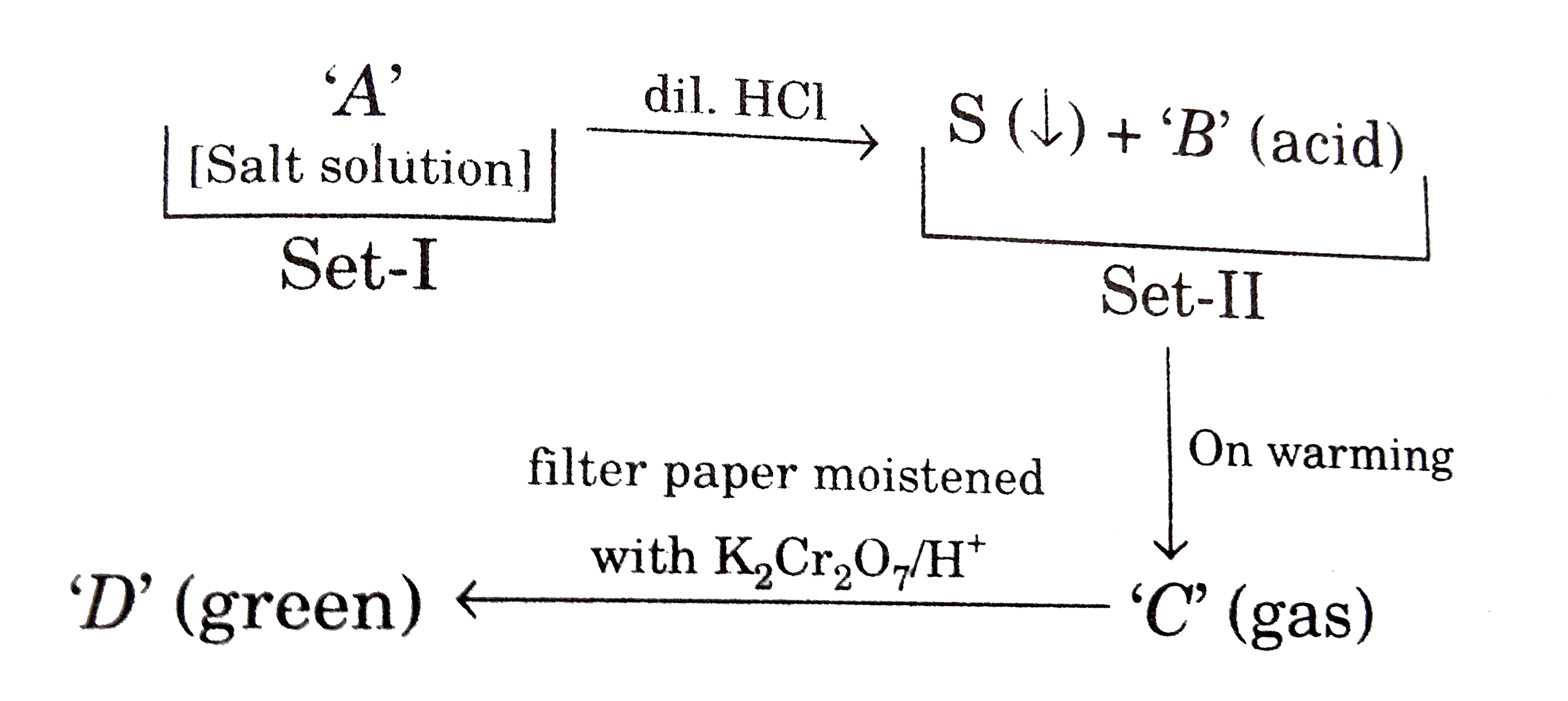
Which of the following reaction is/are correctly matched about set-I and set-II?ANa2S2O3+2HCI→S(⏐↓)+H2SO3+2NaCIBNa2S2O3+2HCIΔ−−→S(⏐↓)+SO2(↑⏐)+2NaCI+H2OC3SO2+Cr2O2−7+2H+→2Cr3++3SO2−4+H2ODS+H2SO3Δ−−→H2S2O3 - Question 2 - Select One
Observe the given figures carefully :

Which of the following statements is/are incorrect?
I. Candle 1 burns freely due to presence of air.
II. Smoke is produced in candle 2 due to less supply of air.
III. Flame finally goes off in candle 3 as air is not available.AII onlyBI and II onlyCI and III onlyDNone of these - Question 3 - Select One
The following experiment was conducted by class 6 students to check the solubility /miscibility of a few common substance in water .
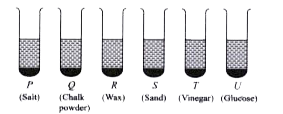
Which of the following observation is / are correct ?
I. Components will disappear completely in thest tubes P, R and T .
II. Components will form a s eparate layer in test tubes R and U .
III. Components in test tubes Q and S are insolube in water .
IV. Components in test tubes R and T are immiscible in water .AIII onlyBI onlyCI,II and IV onlyDII and IV only
Observe the given figure and answer the following questions.
(a) Write the complete balanced reaction for the reaction that takes place.
(b) Type of reaction involved.
(c) Is there any precipitate formed.
(d) If any precipitate formed, write the colour of the precipitate.
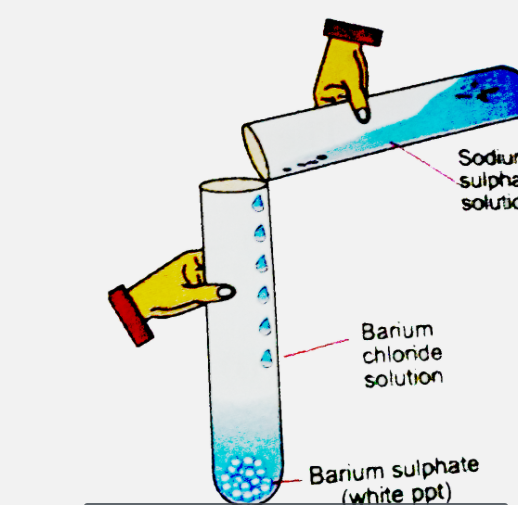 View Solution
View SolutionObserve the given figure which shows burning of sulphur powder and answer the questions that follow:
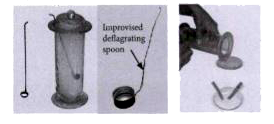
Write the reactions involved.View SolutionObserve the table given below.
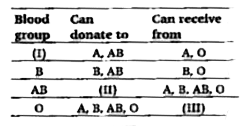
Identify I, II and III The correct option isView SolutionWhich observation (s) will be correct about the major products X and Y of the following reaction >
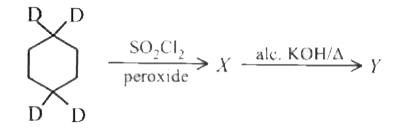 View Solution
View SolutionWhich observation/s will be correct about the major products X and Y of the following reaction?
 View Solution
View Solution



